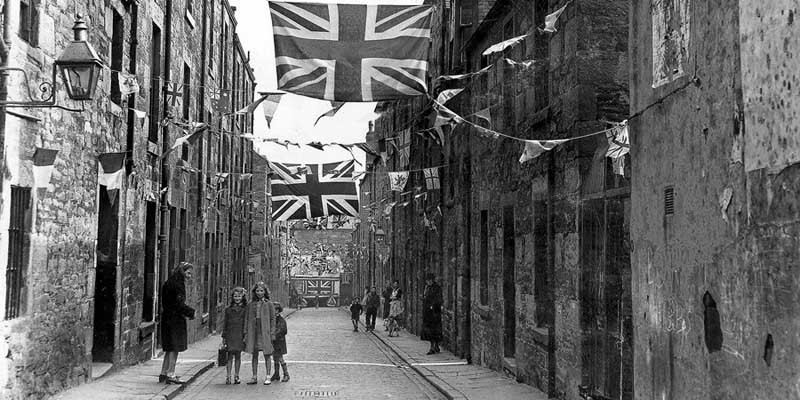A Dundee councillor is to explore the possibility of opening a tenement house museum in the city.
Laurie Bidwell was inspired by a holiday in New York, in which he visited a similar attraction in Manhattan’s Lower East Side.
The block at 97 Orchard Street housed around 7,000 people in total between the 1860s and 1935 and has been restored to give an insight into the living conditions of previous generations (link).
Now Mr Bidwell hopes a similar museum can get off the ground in Dundee.
”I suppose I have been round lots of museums, in particular on holidays, and what I really enjoyed about this one was the way that it wasn’t just the building that was of interest but that they had recreated the furnishings and the stories about the lives of the people who lived in the tenement and, I think rather cleverly, picked out two particular periods,” he said.
”The last tenants moved out of the building in 1935 and it remained largely untouched until it was taken up by the museum in 1988.
”One room was as they had found it. The tenement had been blighted by urban redevelopment and nobody had lived in it for years so you could see the condition of the property and it hadn’t been altered that much,” said the councillor.
”And then they recreated two other rooms in the flat one from when it was used as a home but also as a garment workshop because in that area there were lots of garment workers, many of them immigrants from places like Ireland and the UK.
”They recreated a room from before people moved into workshops in factories and then they had the room from a few years later and showed what it was like at the point, when people had moved on a bit and were a bit more prosperous.
”They had even managed, through the census, to trace the people and members of the families who had lived in the flat.”
Mr Bidwell continued: ”I started to think of the important part tenements played in the life of Dundee and that we also had a very strong connection with a textile industry which led to people streaming here.
”I feel that this is something worth celebrating not only what tenement life was like but also the lives of the people employed in the textile and engineering industries that brought them to Dundee, a city where jute and other textiles played a very important part.”
The working side of millworkers’ lives is well covered by Verdant Works and a similar venture to explain their domestic circumstances would round off the picture in social history terms, he said.
”I think that is something that isn’t quite covered by the kind of exhibits we have already on show in the city,” he said.
Redevelopment in recent years has led to the demolition of many older tenements and people who could provide first-hand accounts are becoming thin on the ground.
”I was thinking that if we are not careful we would not have many of these kinds of dwellings left to remind people and give a graphic account of what life was like,” said Mr Bidwell.
”At a time when we are thinking about the V&A, which is something that I thoroughly support, this is something on a different scale. It is something that I think is worth exploring and so I am going to talk to Stewart Murdoch in his capacity heading up the leisure trust and hope to start a conversation about the possibilities.”
Dundee could also gain some advice from Glasgow, where the National Trust for Scotland-run Tenement House Museum (link) is a popular attraction for tourists.
